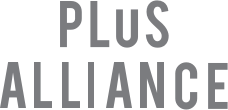Fluorescence Microscopy
The development of fluorescent labels revolutionized biological imaging by giving researchers a highly selective method for labeling and imaging biological structures.
A fluorescent label or dye, generally termed a fluorochrome, is a molecule that absorbs a photon of light of one wavelength (e.g. blue) before emitting a photon of light (fluorescence) of a longer wavelength (e.g. green). The wavelengths of light absorbed and emitted are specific for each fluorochrome. Utilizing fluorochromes with different emission profiles allows multiple structures to be labelled in the same sample, which can then be used to determine if fluorochromes are located within the same area (i.e. colocalization). A large number of different fluorochromes exist which can be used to selectively label just about any cell or tissue structure, thus providing an easy way for researchers to study many different biological processes.






